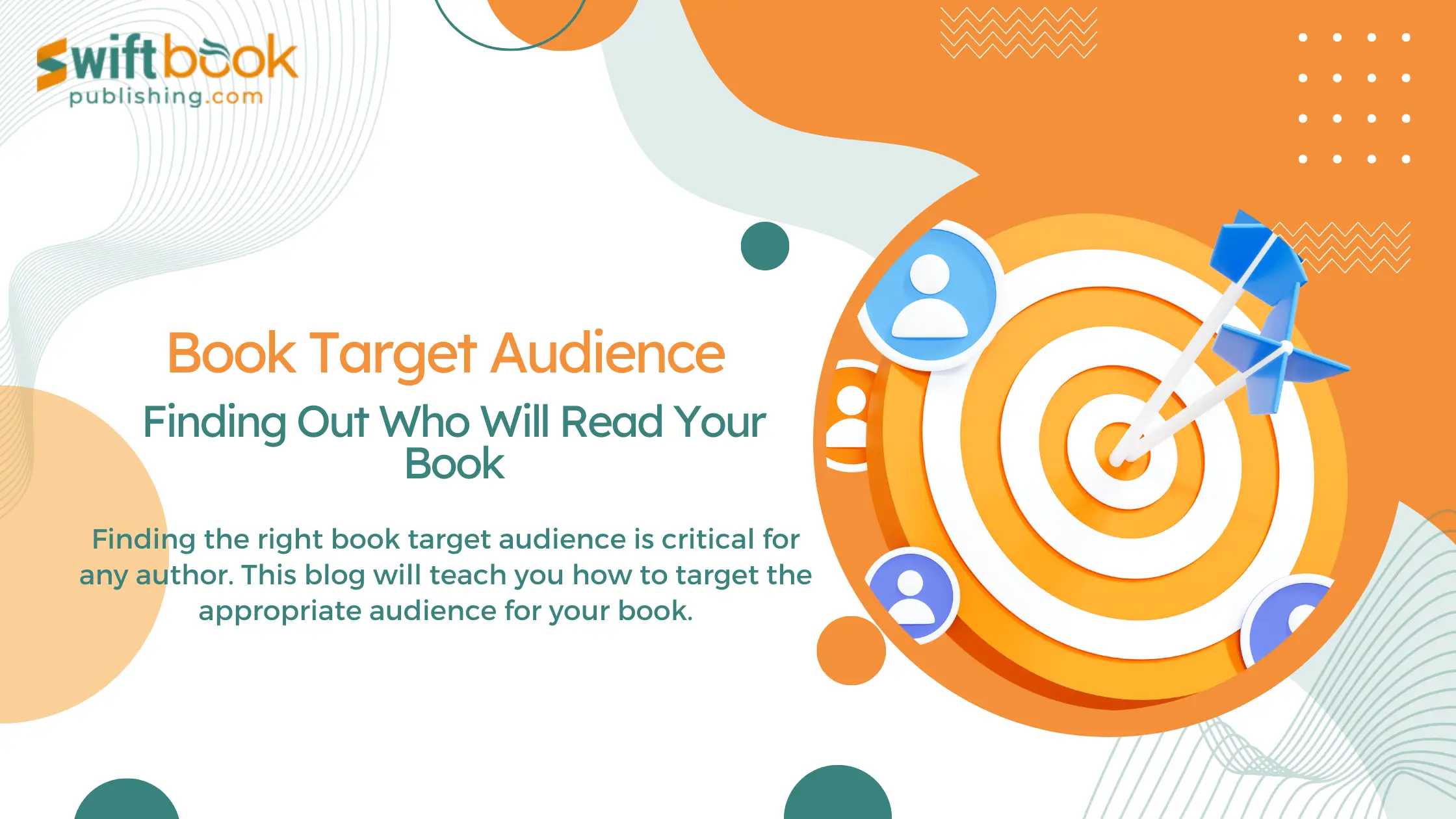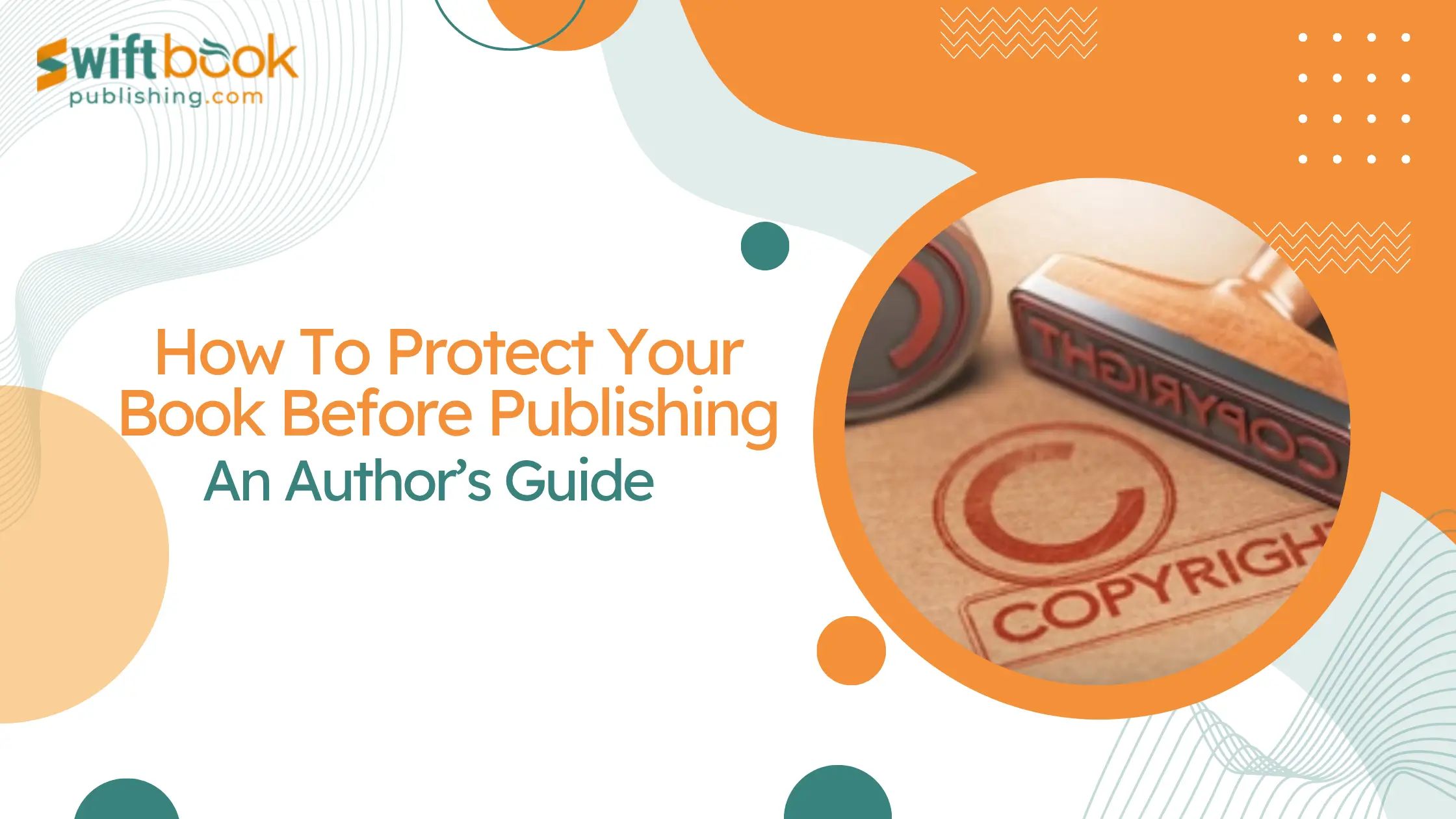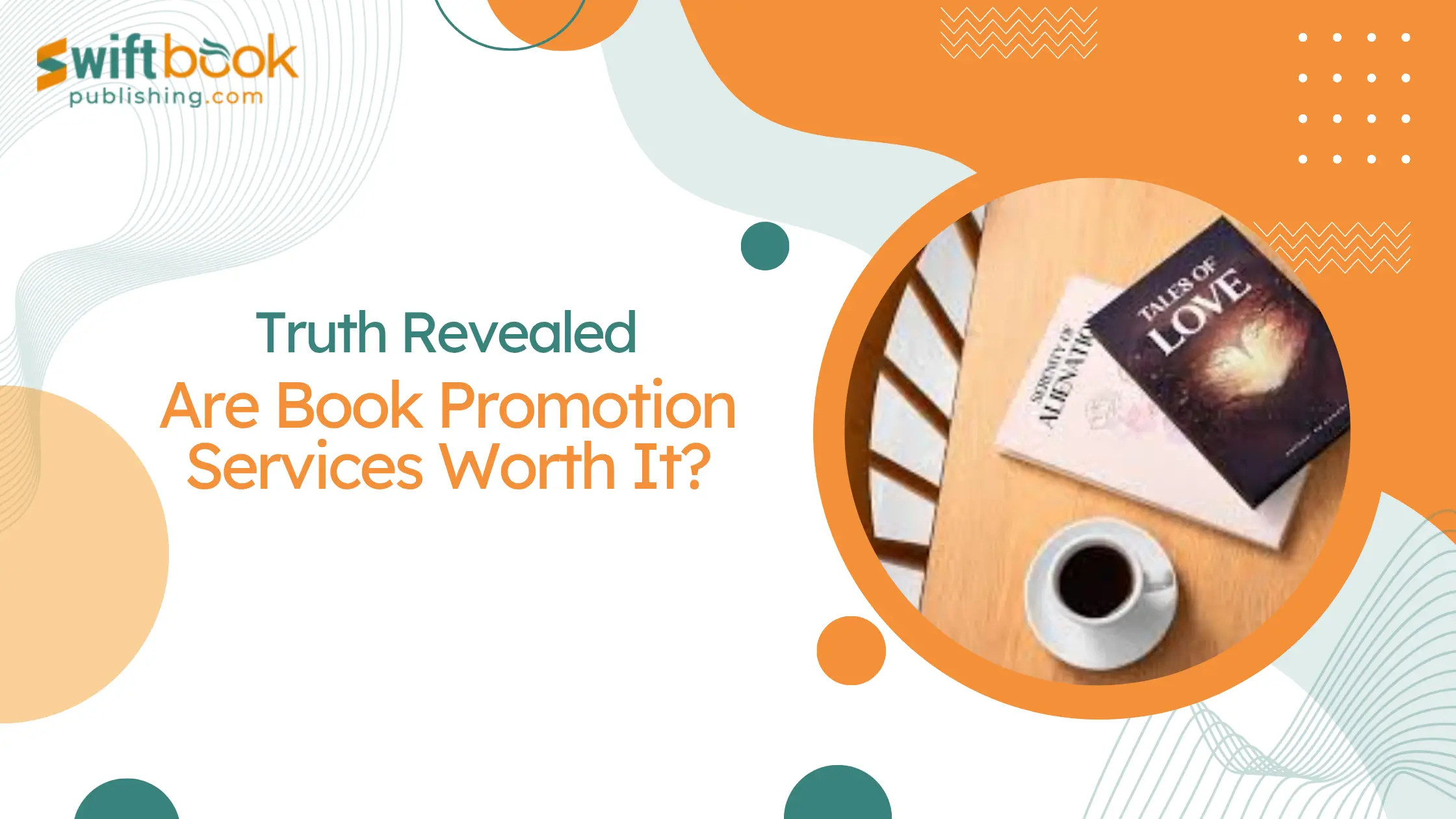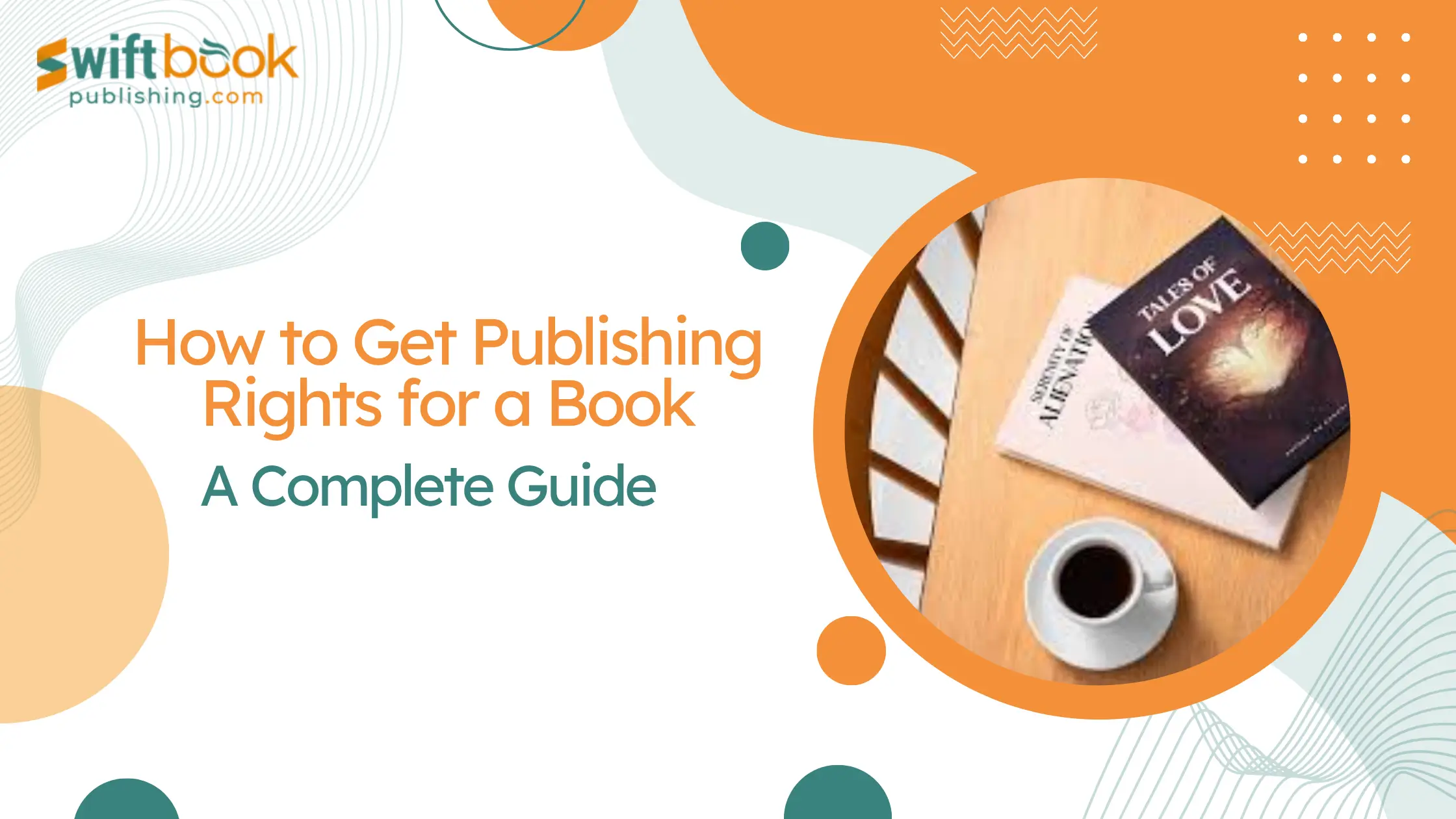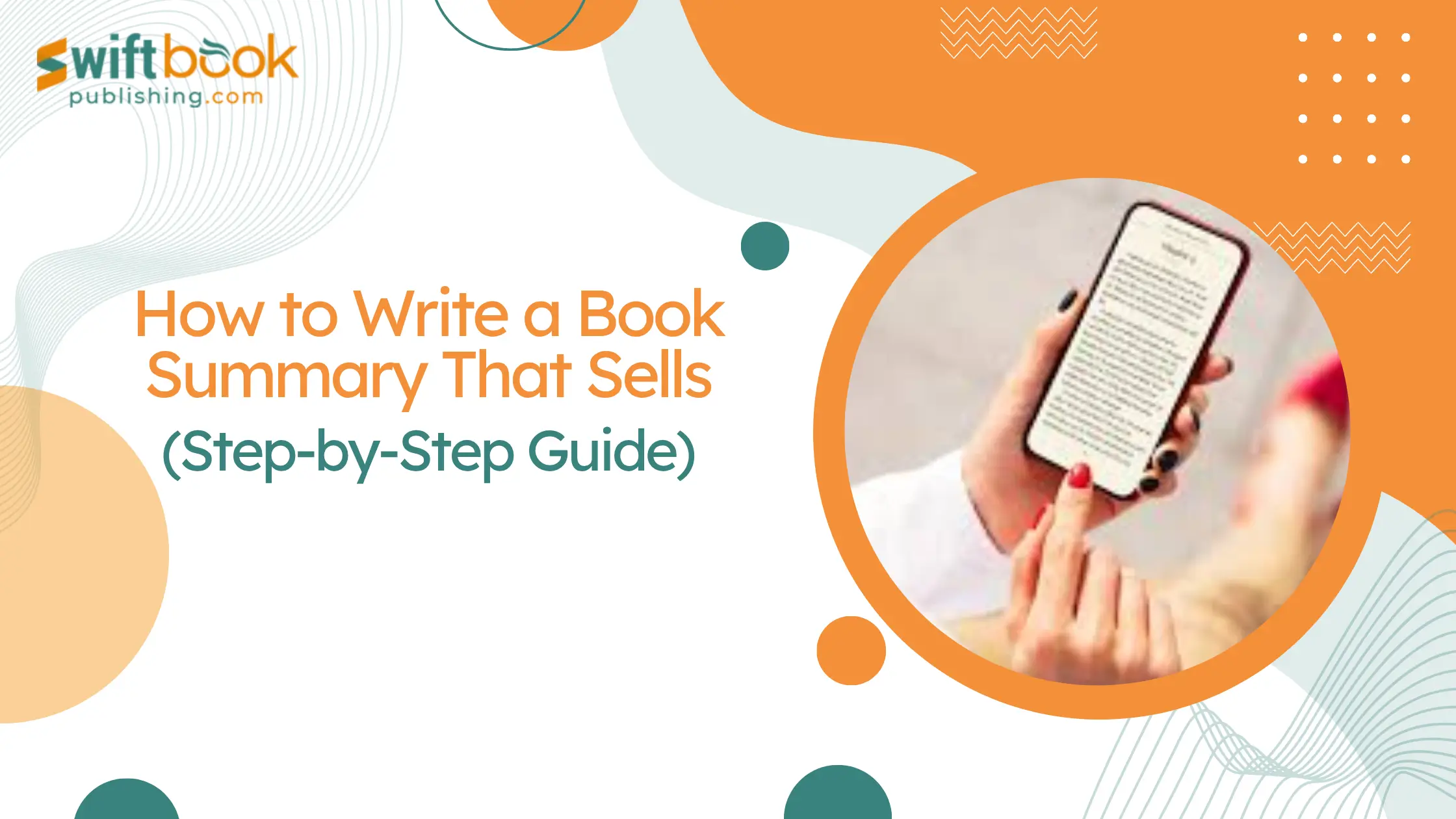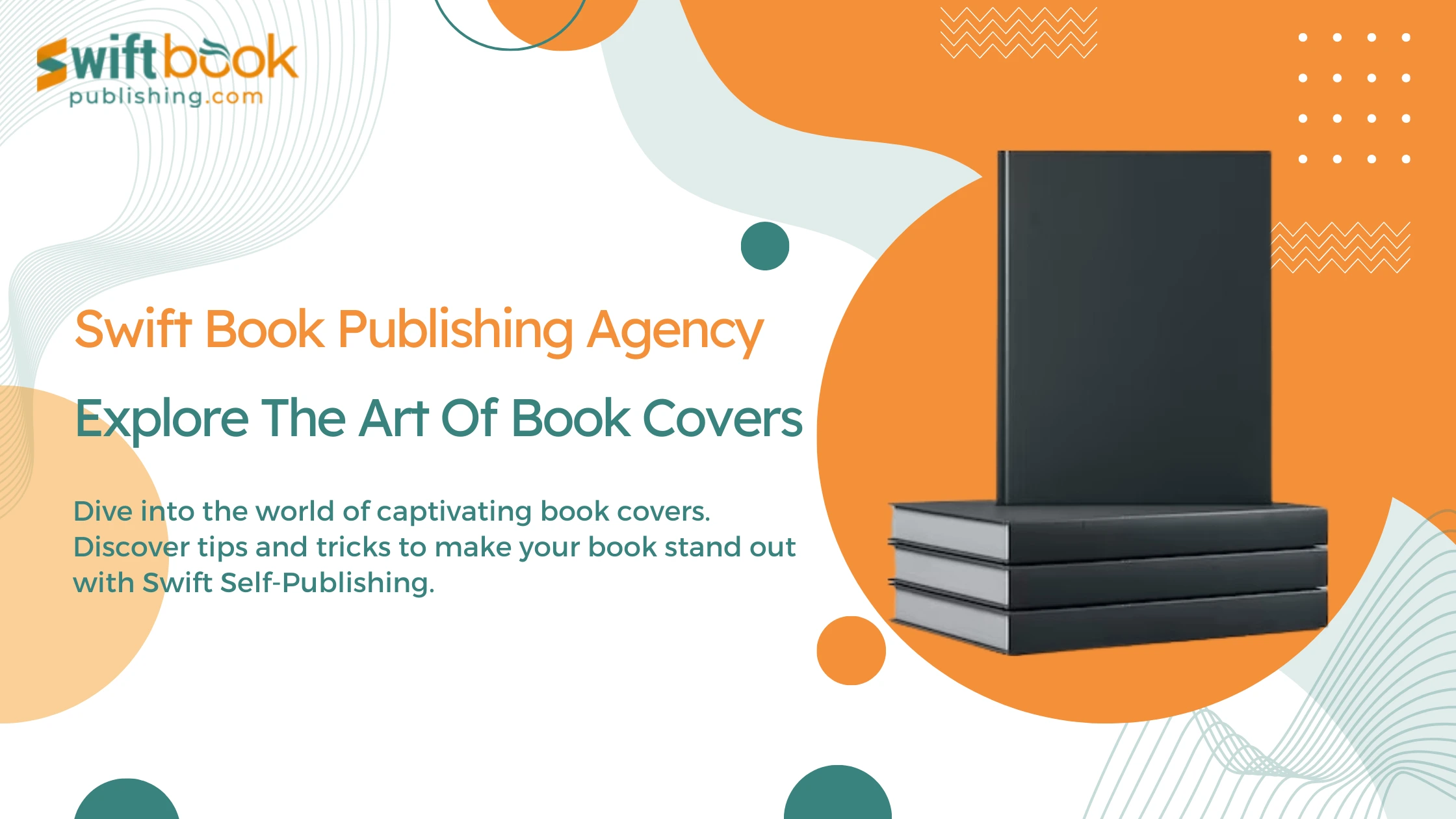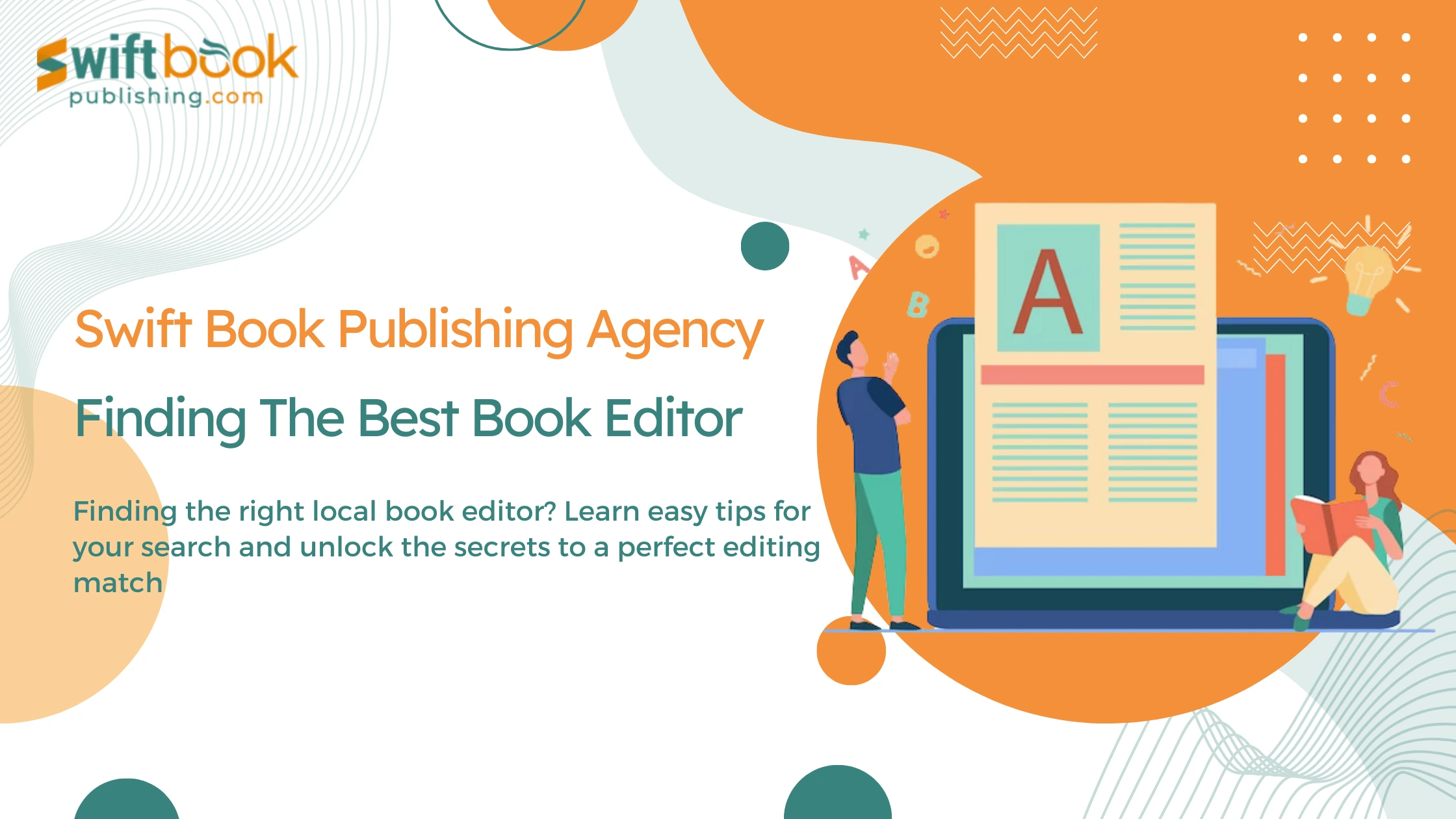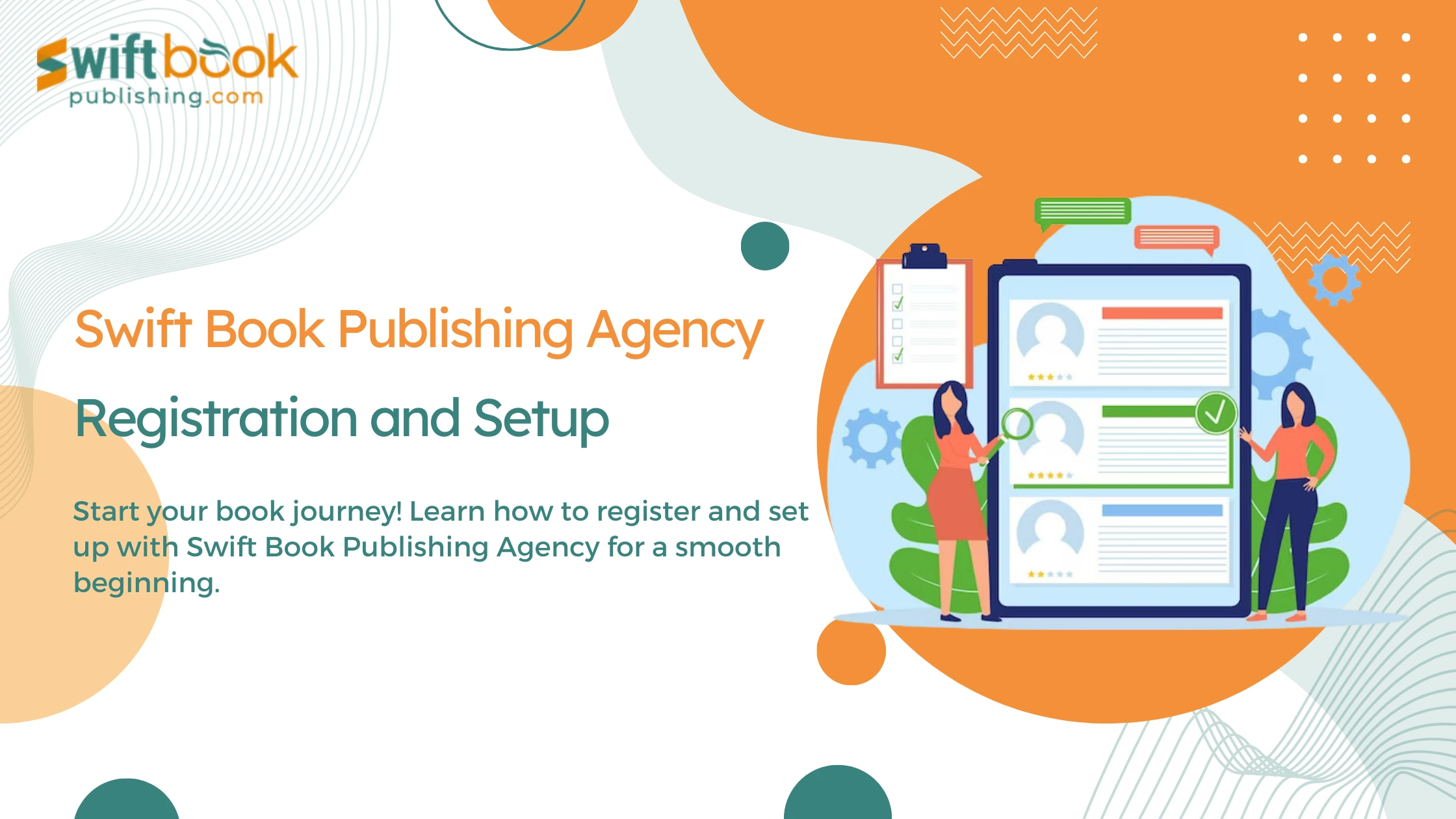Finding the right book target audience is essential for the success of any author. Understanding who your readers are can significantly impact your marketing strategies, sales, and overall reader engagement. Whether you’re writing fiction, non-fiction, or children’s books, identifying the specific group of people who will resonate with your work is crucial.
In this blog, we will explore the importance of knowing your target audience for books, the different types of book audiences, and provide you with practical tips and tools to help you identify and reach your ideal readers. By the end of this guide, you’ll have a clear understanding of how to get your book in front of the right audience and ensure it stands out in a crowded market.
Understanding the Concept of a Book Target Audience
A book target audience is a specific group of readers who are most likely to be interested in and benefit from your book. This audience is defined by various factors such as age, gender, interests, reading preferences, and even socioeconomic status. Identifying this group helps authors tailor their content, marketing strategies, and overall approach to better meet the needs and expectations of their readers.
Importance of Knowing Your Audience Before Writing or Marketing Your Book
Knowing your target audience before you start book writing or book marketing is essential. It allows you to:
- By understanding your readers’ preferences and interests, you can create a story or provide information that is more likely to engage and satisfy them.
- Targeted marketing efforts are more efficient and effective, ensuring that your promotional activities reach the right people.
- When readers feel understood and catered to, they are more likely to become loyal fans and advocates for your work.
Why Identifying Your Book Target Audience is Crucial
- When you know who your book target audience is, you can tailor your marketing strategies to appeal directly to them, resulting in higher conversion rates and increased sales.
- Understanding your audience allows you to create content that truly resonates with them, leading to better reader engagement and satisfaction.
- With a clear understanding of your audience, you can focus your marketing efforts on channels and strategies that are most likely to reach and appeal to them, optimizing your marketing budget and efforts.
Consequences of Not Identifying Your Target Audience
- Without knowing your book target audience, you risk missing out on potential readers who would be interested in your book.
- Generic marketing efforts that do not target a specific audience are often less effective, leading to wasted time and resources.
- If your content does not align with the preferences and expectations of your readers, it may result in lower satisfaction and fewer positive reviews.
Identifying and understanding your book target audience is a crucial step in the writing and marketing process. It not only enhances your chances of success but also ensures that your readers have a meaningful and enjoyable experience with your work.
Types of Book Audiences
Understanding the different types of book audiences can help you better identify and reach your book target audience. Here’s a breakdown of various audience segments:
Age Groups
- Children: Books targeting young readers, including picture books and middle-grade novels.
- Young Adults: Novels and series that appeal to teenagers and young adults, often featuring coming-of-age themes.
- Adults: Books that cater to mature readers, including a wide range of genres from romance to thriller.
Genres
- Fiction: Encompasses various sub-genres like fantasy, science fiction, mystery, and literary fiction.
- Non-Fiction: Includes biographies, self-help books, memoirs, and educational content.
Interests
- Hobbies and Lifestyle: Books focused on specific hobbies, such as cooking, gardening, or travel.
- Professional and Academic: Books that cater to professional development or academic interests.
Popular Books and Their Target Audiences
- The Subtle Art of Not Giving a F*ck by Mark Manson: Targets adults interested in self-help and personal development.
- The Hunger Games by Suzanne Collins: Primarily targets young adults with its dystopian themes but also attracts older readers.
By understanding these segments and examples, you can better determine your book target audience and tailor your content and marketing strategies accordingly.
How to Identify Your Target Audience
Identifying your book target audience involves a combination of research techniques and analysis. Here are some effective methods:
Research Techniques
- Create and distribute surveys to potential readers to gather information about their preferences, reading habits, and demographics. This can be done through email lists, social media, or reader communities.
- Organize focus groups with a small, diverse group of potential readers to discuss their interests and what they look for in books. This can provide in-depth insights and qualitative data.
- Use social media platforms to analyze the engagement and interests of followers. Look at the types of content they share, the books they discuss, and their interactions with book-related posts.
Using Data from Similar Books in Your Genre
- Look at and analyze bestselling books in your genre and identify common characteristics among their readers. Consider factors like age, gender, and interests.
- Go through reviews of similar books to understand what readers liked or disliked. This can give you an idea of their preferences and expectations.
- Study the social media profiles and websites of authors in your genre to see who their followers are and what kind of content resonates with them.
Tips for Defining Demographic and Psychographic Characteristics
Demographic Characteristics
These include age, gender, education level, occupation, income, and geographic location. Understanding these factors helps you target your book target audience more precisely.
- Age: Is your book more suitable for children, young adults, or adults?
- Gender: Does your book appeal more to a specific gender?
- Location: Are there cultural or regional aspects that make your book more appealing to readers in certain areas?
Psychographic Characteristics
These involve the attitudes, values, interests, and lifestyles of your audience. This information helps you connect with readers on a deeper level.
- Interests: What hobbies or activities do your readers enjoy?
- Values: What are the core values and beliefs of your audience?
- Lifestyle: What kind of lifestyle do your readers lead? Are they adventurous, family-oriented, or career-focused?
By combining these research techniques and understanding both demographic and psychographic characteristics, you can effectively identify and define your book target audience. This targeted approach ensures that your content resonates with the right readers and helps you develop successful marketing strategies.
Steps to Define Your Book’s Target Audience
Identifying your book target audience is a critical step in ensuring your book reaches the right readers. Here are the key steps to help you define your target audience effectively:
Step 1. Analyze Your Book
Understand the Themes: Determine the main themes and messages in your book. Are they about love, adventure, self-discovery, or something else?
Identify the Genre: Clearly define your book’s genre. Whether it’s romance, mystery, fantasy, or non-fiction, knowing your genre helps narrow down your audience.
Highlight Unique Selling Points (USPs): Identify what makes your book unique. This could be a unique plot twist, a distinctive writing style, or a compelling main character. Understanding your book’s USPs helps attract readers who are specifically interested in those aspects.
Step 2. Create Reader Personas
Develop Detailed Profiles: Create comprehensive profiles of your ideal readers. Include demographic details such as age, gender, occupation, and location, as well as psychographic details like interests, hobbies, values, and reading habits.
Identify Pain Points and Preferences: Understand what challenges your readers face and what they look for in a book. This helps in crafting content that addresses their needs and preferences.
Step 3. Use Analytics and Market Research
Tools for Gathering Data: Utilize tools like Google Analytics, social media insights, and reader survey platforms to gather data on potential readers.
- Google Analytics: Provides insights into the demographics and interests of visitors to your website.
- Social Media Insights: Platforms like Facebook and Instagram offer detailed analytics on the demographics and engagement patterns of your followers.
Conduct Market Research: Analyze market trends, competitor books, and reader reviews to understand what is currently popular and what readers are looking for.
Step 4. Engage with Your Audience
Build a Community: Use social media, author websites, and newsletters to connect with your audience. Engaging with readers helps build a loyal community and gather valuable feedback.
- Social Media: Share updates, behind-the-scenes content, and engage in conversations with your readers on platforms like Twitter, Facebook, and Instagram.
- Author Websites: Maintain an up-to-date website with a blog, author bio, and information about your books. Use it to collect email addresses for your newsletter.
- Newsletters: Regularly send newsletters with exclusive content, updates on new releases, and personal messages to keep your readers engaged and informed.
By following these steps, you can effectively define your book target audience and tailor your content and marketing strategies to reach and resonate with the right readers. This targeted approach not only enhances reader engagement but also boosts the success and reach of your book.
Examples Of Target Audiences For Books
| Book Title | Author | Target Audience | Specific Targeting | Success Contribution |
| Harry Potter Series | J.K. Rowling | Young adults and teenagers, wide appeal | Magical themes, relatable characters, and coming-of-age storylines for young readers; complex plots and deeper themes for older audiences | Strategic marketing, book tours, and strong word-of-mouth among young readers and parents |
| The Subtle Art of Not Giving a F*ck | Mark Manson | Adults interested in self-help | Unconventional and candid approach to self-help topics, appealing to readers seeking honest, straightforward advice | Leveraging social media, blog posts, and email newsletters to reach an audience seeking modern, no-nonsense self-help content |
| The Hunger Games | Suzanne Collins | Primarily young adults, also older readers | Strong, relatable heroine and gripping storyline for young readers; themes of political struggle and survival for older audiences | Effective use of movie adaptations, social media campaigns, and engaging with fan communities |
Want to learn about book advertising? Must Read Our Lasted Blog on: How to Advertise Your Book and Why It Matters
How to Get Your Book in Front of the Right Audience
In the crowded world of publishing, getting your book noticed by the right audience is crucial for its success. By leveraging targeted marketing strategies and building partnerships with influencers and reviewers, you can effectively reach and engage with readers who will appreciate your work.
Marketing Strategies Tailored to Specific Audiences
- Use social media, author websites, and online forums to reach your target audience. Platforms like Instagram and TikTok are great for young adults, while Facebook and LinkedIn might be better for older or professional readers.
- Engage with book clubs that align with your genre. Participate in author events, both online and offline, to connect directly with readers.
- Build an email list to share updates, exclusive content, and personalized messages with your audience. This keeps them engaged and informed about your work.
Partnerships with Influencers and Reviewers
- Partner with social media influencers and bloggers who cater to your book target audience. Their endorsements can significantly boost your book’s visibility.
- Reach out to book reviewers in your niche. Positive reviews on platforms like Goodreads, Amazon, and book blogs can attract more readers.
Common Mistakes to Avoid
| Pitfall | Solution |
| Trying to appeal to everyone can dilute your message and make your marketing efforts less effective. | Focus on a specific, well-defined target audience. Tailor your content and marketing strategies to meet their needs and preferences. |
| Not paying attention to what readers are saying can lead to missed opportunities for improvement and engagement. | Regularly collect and analyze reader feedback through reviews, surveys, and direct interactions. Use this information to refine your content and marketing strategies. |
| Failing to recognize and adapt to changes in your audience’s preferences and behaviors can result in losing their interest. | Stay updated with market trends and evolving reader interests. Be flexible and willing to adjust your approach to keep your audience engaged and satisfied. |
Wrapping up
Finding the right book target audience is crucial for the success of your book. By understanding who your readers are, you can create content that resonates with them and develop effective marketing strategies. Investing time in audience research not only enhances reader engagement but also boosts your book’s visibility and sales. Take the time to analyze your book, create detailed reader personas, use data and analytics, and actively engage with your audience. This targeted approach will help ensure that your book reaches and resonates with the right readers, paving the way for greater success and fulfillment as an author.
Frequently Asked Questions
How do I determine the age group for my book’s audience?
Analyze your book’s themes and complexity, consider genre norms, and gather reader feedback to pinpoint the age group that resonates most with your content.
Can my book have multiple target audiences?
Yes, your book can appeal to primary and secondary audiences. Tailor marketing strategies accordingly to effectively reach each group.
How do I use social media to find my book target audience?
Identify platforms frequented by your potential readers, engage in relevant communities, analyze engagement metrics, and use polls and surveys to gather direct feedback. You will find more detail in our blog: Target Audience Research: Finding Out Who Will Read Your Book
What are some tools for market research on book audiences?
Tools like Google Analytics, Facebook Audience Insights, Goodreads, SurveyMonkey, and Amazon Author Central provide valuable insights into reader demographics, interests, and behaviors.


